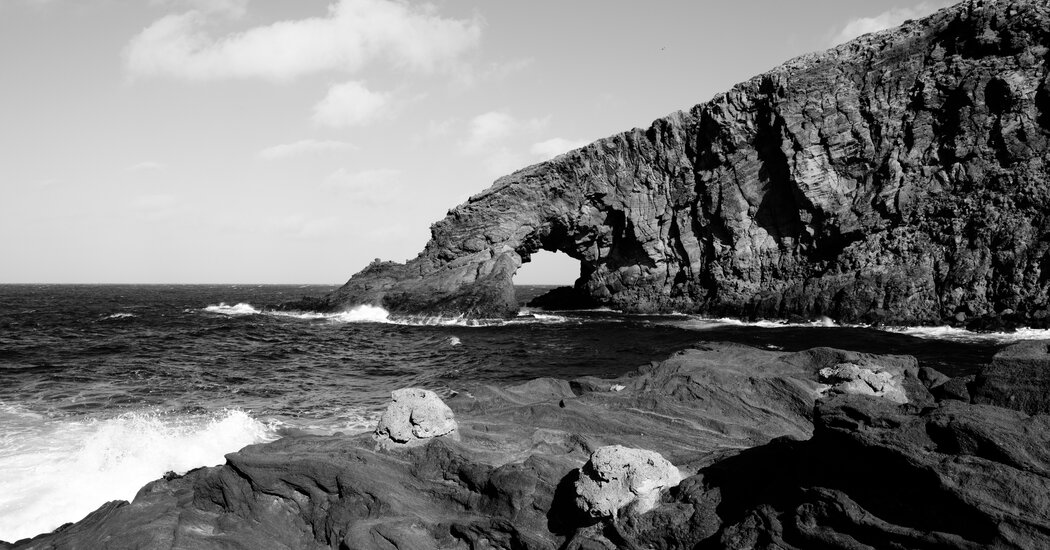For years I had been hearing about the island of Pantelleria, the craggy, hard-to-get-to Eden with middle-of-nowhere tranquillity that sits 89 miles southwest of the island of Sicily and about 50 miles east of Tunisia. Luca Guadagnino’s 2015 film “A Bigger Splash” painted a seductive idyll of mud baths, romantic ruins and secluded swimming coves. Celebrities like Madonna, Sting and Julia Roberts visited, drawn to the striking, Africa-meets-Italy ambience, along with Giorgio Armani, a part-time resident since 1980. The fact that nobody was impressed by them added to the allure.
“We always tell newbies that you will either love it or hate it,” said the fashion stylist Sciascia Gambaccini, who has owned a vacation home on the island for 33 years. “This is not Capri. We don’t have Chanel. There aren’t fancy resort hotels. There is constant wind. The beauty is in the slow pace and the wild landscape.”
The absence of white-sand beaches is worn like a badge of honor. Locals schlep their own gear to the jagged lava rock perches that line the coast and cannonball into the turquoise sea. The old-fashioned pasticceria and dingy olive stalls in the town of Scauri, bestow it with “Godfather”-like charm.
And the wind, well, it’s part of the package. As locals will tell you, nature is in charge here, and when a sirocco hits, you have to go with the flow.
A fragrant, otherworldly landscape
Thousands of years ago, farmers on rocky, wind-whipped, fresh-water-free Pantelleria figured out how to cultivate crops.
They built terraced walls from porous lava rock that blocked the wind and irrigated the fruits and vegetables with dew. These steep terraces undulate throughout the island, lending a primordial texture to the bluffs of lava rock. Ubiquitous lava stone dwellings called dammusi also lend to the otherworldly landscape.
Pantelleria’s topography completely shifts as you move from one part of the 32-square-mile island to another. As I zipped along the narrow main road and unpaved side routes, the scenery moved from lush caldera-formed valleys to barren plateaus tufted in Mediterranean scrub to hilltop villages festooned in pink bougainvillea, and up to woodsy mountains. Flowering cactuses and caper bushes with purple stamens grow with abandon, as do herbs. When the wind blows, it smells of wild oregano.
Reminders of Pantelleria’s ancient roots are everywhere.
In Mursia, the bar Sesiventi overlooks Bronze Age burial monuments. In Nikà, I thought of…
Click Here to Read the Full Original Article at NYT > Travel…
